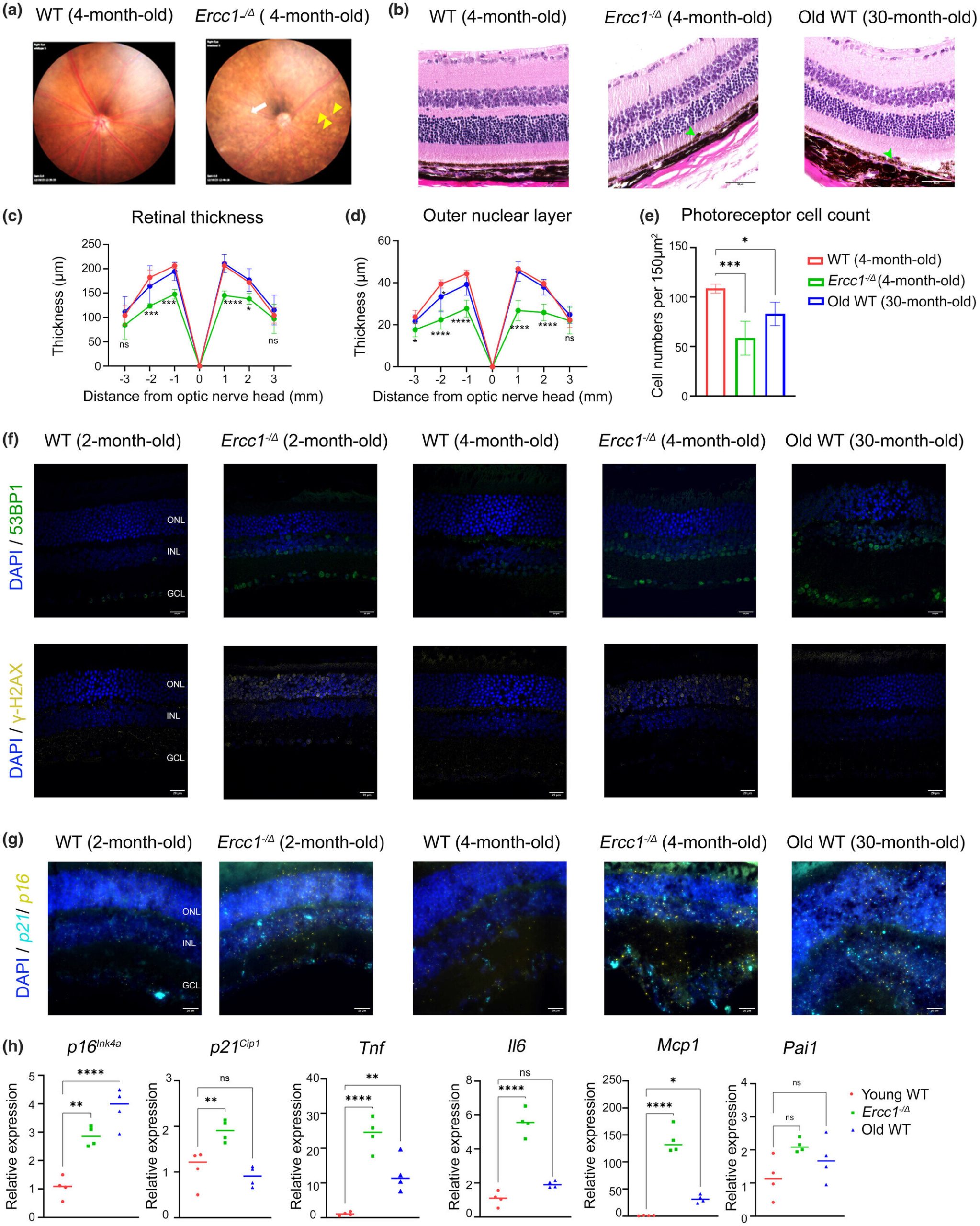
University of California, San Diego-led research suggests that long-term variability in blood pressure is associated with accelerated worsening of peripheral vision due to the progression of glaucoma.
Glaucoma is a visual neuropathy characterized by progressive retinal ganglion cell death and axonal loss linked to various risk factors. Intraocular pressure (IOP) is a proven and modifiable risk factor.
In the current study, impaired autoregulation of the vasculature (tissue blood flow) is proposed as another key factor in glaucoma progression. The researchers hope to understand whether these vascular changes correlate with disease progression.
In a retrospective cohort study, “Long-Term Blood Pressure Variability and Visual Field Progression in Glaucoma,” published in JAMA Ophthalmology, the team analyzed longitudinal data from 1,674 eyes of 985 patients with suspected or confirmed glaucoma.
Participants were selected from the Diagnostic Innovations in Glaucoma Study and the African Descent and Glaucoma Evaluation Study and underwent blood pressure and visual field testing from November 2000 to December 2022.
Mean and standard deviation values of systolic and diastolic arterial pressures were calculated for each participant. These parameters were incorporated into multivariable mixed-effect models to investigate their association with visual field mean deviation loss rates, considering interactions with mean IOP.
Results indicated that greater variability in blood pressure was significantly associated with faster loss of peripheral vision, while higher mean blood pressure showed a trend (marginally non-significant) towards association with faster visual field loss.
Greater blood pressure variability combined with higher mean blood pressure or intraocular pressure was associated with accelerated annual mean deviation changes in both mean and diastolic arterial pressure.
These findings support the link between both higher mean blood pressure and long-term variability in blood pressure and peripheral vision decline. The next challenge will be determining if vascular changes are causal or a consequence of the disease.
More information:
Vincent Q. Pham et al, Long-Term Blood Pressure Variability and Visual Field Progression in Glaucoma, JAMA Ophthalmology (2024). DOI: 10.1001/jamaophthalmol.2024.4868
© 2024 Science X Network
Citation:
Blood pressure variability linked to accelerated vision loss in glaucoma (2024, November 18)
retrieved 18 November 2024
from https://medicalxpress.com/news/2024-11-blood-pressure-variability-linked-vision.html
This document is subject to copyright. Apart from any fair dealing for the purpose of private study or research, no
part may be reproduced without the written permission. The content is provided for information purposes only.




